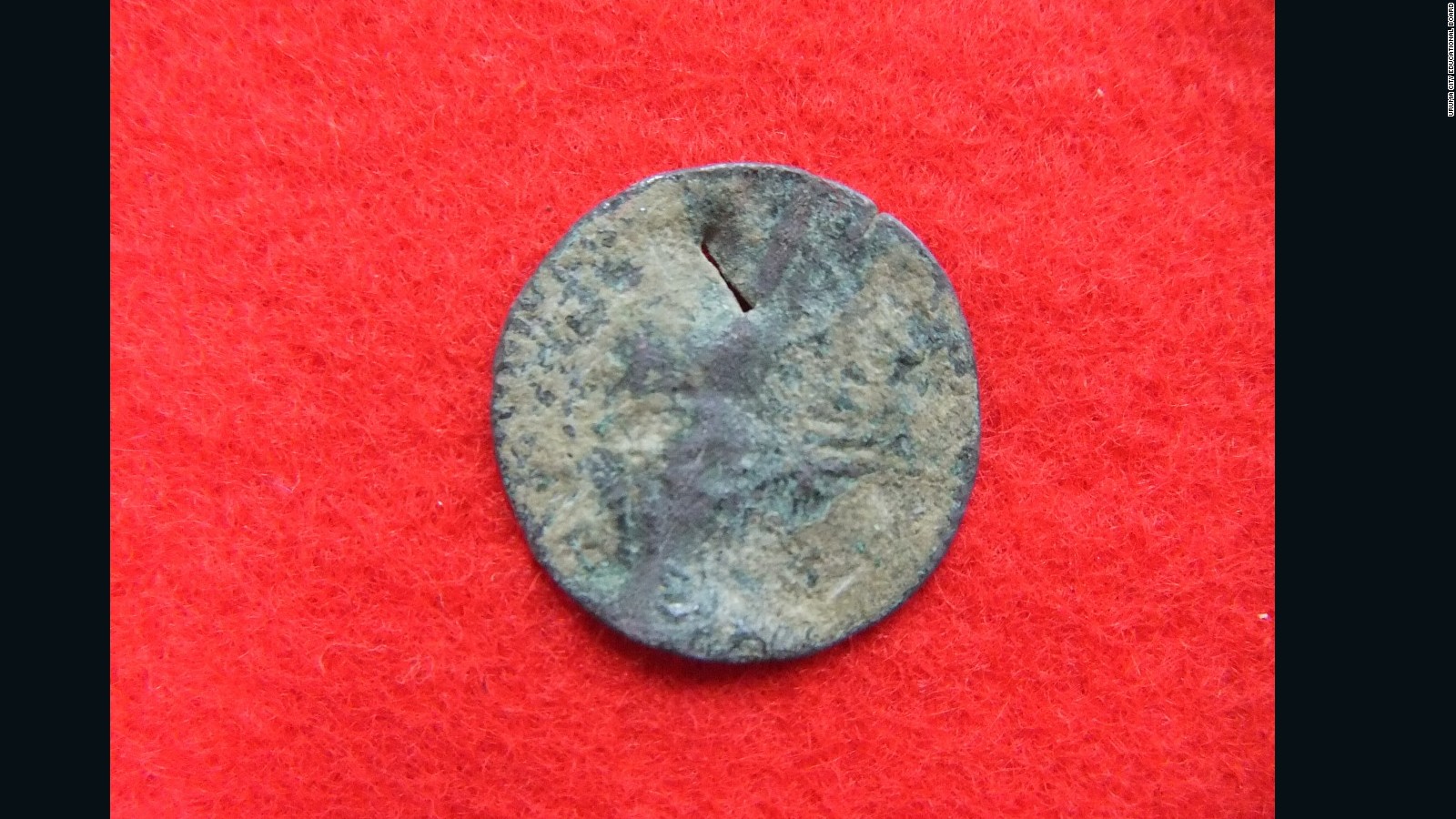Ancient Roman Coins

Ancient Roman Coins The Handbook of Roman Imperial Coins First published in 1991, Van Meter's Handbook of Roman Imperial Coins (HRIC) quickly became a cult classic among collectors. In 1999, used copies were trading in excess of $100 on eBay. Constantius Gallus. Marc Antony In Roman Imperial Coins (27 Bc-476 Ad) Roman Empire. Tribute Penny Indiana Roman Imperial Coins (27 Bc-476 Ad) elagabalus. Nero Tetradrachm In Roman. Nerocoins Is A Ancient Roman Coins Dealer Specializing In Uncleaned Roman Coins, Premium Roman Coins, Desert Roman coins, Ancient coins, Greek coins, Jewish coins, and Artifacts online for the uncleaned coin.
The Roman Empire lasted over a period of about five centuries. Besides keeping back a number of historic wars and other important political events, Rome experienced great economic prosperity under various Emperors. This is evident from the variety of coins they issued throughout the lifespan of the Empire. We have gathered some important facts about the coins of Ancient Rome which you should know.


Ancient Roman Coins For Sale

Authentic Roman Coins For Sale
- Roman coins were issued in all the three principal metals- bronze, gold and silver.
- These coins were of various sizes. These coins were valued on the basis of their weight. The earliest of the Roman coins discovered was made of bronze and it was issued around 269 BC.
- These coins were minted in over 40 different cities. The name of the mint in Rome was Juno Monet and it is from here, that the term ‘money’ came into being.
- Similarly, the term ‘coin’ came from the word ‘consecratio’ which was issued by the Emperor in order to pay homage or tribute to their deceased family members.
- The ancient Roman gold coins were called Aurei which contained about 95% of pure gold. The silver coins were called Denarius, which consisted of 85% silver.
- The copper coins were known as As which was stamped on one side carrying the image of the beak of a ship. Two types of silver coins were Denarius Sestertius and Denarius Victoriatus. Some other notable silver coins were Smebella, Teruncius and Libella. Libella has the same value as that of the As. The principal gold coin was Aureus Denarius.
- Roman coins bear the name of the issuing emperor. We find a lot of emperors issuing coins in their names. Some of the famous emperors were Constantine, Marcus Antonius, Septimius Severus. Some of the Roman coins also included women in the impressions. These were of Antonia, Valeria Messalina, Cleopatra Selene and also many of the daughters of the ancient Roman leaders.
- At first, the portraits of Pagan Gods and Goddesses were used by the Romans in their coins. This idea was copied from the Greeks. Later on, they started to put impressions of buildings on the coins. Symbols like stars and eagles were also used in the coins. In order to make an emperor popular, the images of the kings were also used in the coins.
- Rome was one of the most powerful political as well as economic powers of the ancient world. Romans had trading connections with ancient India, Iran, Mediterranean world and northern Africa. Thus, in the archaeological excavations a large number of Roman coins have been unearthed from various parts of the aforementioned areas.
- The ancient Roman coins are prized possessions for the modern collectors. Thus, a large number of forged coins are circulated in the market. You can only differentiate between a fake and real ancient Roman coin with the help of a test kit. Some of the important fake symbols of the coins include incorrect marks of the mint, wrong lettering on the coins and variation on the thickness in the coins. You can also detect the fake coins from the original one collected from a reliable source.